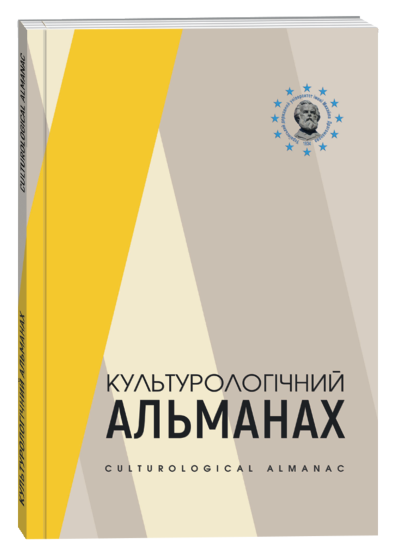INNOVATIVE APPROACHES IN WORKING WITH IDP CHILDREN IN THE NETWORK SOCIETY: DEVELOPMENT OF RESILIENCE, CREATIVITY AND DIGITAL INTEGRATION
DOI:
https://doi.org/10.31392/cult.alm.2025.3.14Keywords:
IDP children, network society, resilience, creativity, ethics of care, communicative rationality, art therapy, game methods, social-emotional learning (SEL), interactive platforms, safe educational space, educational policyAbstract
The article substantiates innovative approaches to supporting children from among internally displaced persons (IDPs) in the perspective of a network society, where educational interaction is increasingly becoming relational and connective. The theoretical framework is a combination of the phenomenology of children’s experience, the ethics of care, and communicative rationality, which allows us to think of a “safe space” as an intersubjective field of co-presence, and resilience as a multi-level property of an educational network that unfolds in the interaction of the child, the class, the school, and wider communities of practice. The empirical core is the case of the online training of the Dragomanov Ukrainian State University (06/11/2025), within which 90 teachers from different regions worked on art-therapeutic, game, SEL modules, and interactive digital tools. It is shown that the exercises “Safe Space”, “Resource Tree”, and role-playing simulations perform hermeneutic and practical-ontological functions: they help to jointly interpret traumatic experience, restore agency, and form network “bridges” of support. Interactive learning through platforms (LMS, video sessions, asynchronous tasks) enhances the participation and creativity of IDP children, while requiring clear ethical data protocols and attention to digital inequality. At the policy level, the transition from “one-off events” to an ecosystem of sustainable implementation is justified: microcredentials for educators, regular follow-up sessions, mentoring micro-networks between schools, open repositories of practices, and transparent metrics of well-being and engagement (not sanctioning, but reflective). The proposed model demonstrates that the development of resilience and creativity of IDP children is not only a psychological and pedagogical task, but also a matter of a fair institutional architecture capable of supporting connective resilience in crisis conditions and ensuring the worthy participation of every child in learning and co-creation.
References
Durlak, J. A., Weissberg, R. P., Dymnicki, A. B., Taylor, R. D., Schellinger, K. B. (2011). The impact of enhancing students’ social and emotional learning: A meta-analysis of school-based universal interventions. Child Development. Vol. 82, No. 1. P. 405–432. DOI: https://doi.org/10.1111/j.1467-8624.2010.01564.x.
Johnson, D. W., Johnson, R. T., Holubec, E. J. (2016). Cooperation in the classroom. 9th ed. Interaction Book Company.
Malchiodi, C. A. (2012). Handbook of art therapy. 2nd ed. New York: The Guilford Press.
Masten, A. S. (2014). Ordinary magic: Resilience in development. New York: The Guilford Press.
Runco, M. A., Jaeger, G. J. (2012). The standard definition of creativity. Creativity Research Journal. Vol. 24, No. 1. P. 92–96. DOI: https://doi.org/10.1080/10400419.2012.650092.
Міністерство освіти і науки України. (2017). Нова українська школа: Концептуальні засади реформування середньої школи. Київ,
Закон України «Про забезпечення прав і свобод внутрішньо переміщених осіб» № 1706-VII (20.10.2014 р.), URL: https://zakon.rada.gov.ua/go/1706-18









